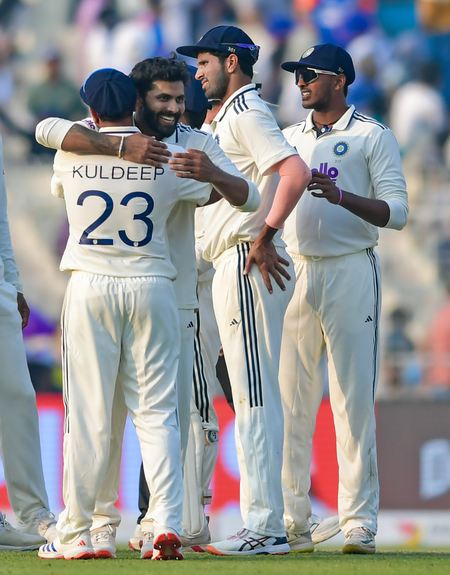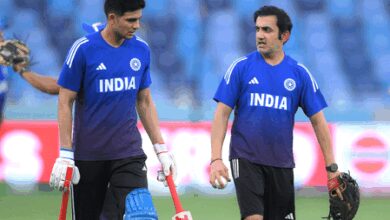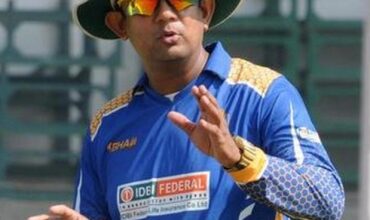India still in labour pains, before new growth emerges: Aakash Chopra on team’s transition struggles in Tests
New Delhi, Nov 18 (IANS) Former India cricketer Aakash Chopra spoke in depth about India’s transition struggles in the red-ball format and how the Shubman Gill-led side has been trying different permutations and combinations to get a settled long-term XI. He said that while India drawing the five-match Anderson-Tendulkar trophy in England earlier this year was encouraging, the team is still experiencing ‘labour pains before new growth emerges.’
Chopra discussed India’s current transition in Test cricket on JioStar, providing an in-depth analysis as he said, “Transition is always painful, though the England series temporarily hid this harsh reality due to unusual English pitch conditions. While drawing that series felt encouraging, we must acknowledge we’re still in the labour pains before new growth emerges.”
Adding further about the uncertainties in the team’s playing XI, he said, “The number three position remains unsettled – we’ve seen Sai Sudharsan, Karun Nair, and now Washington Sundar batting there. Dhruv Jurel shows promise but has played only five Tests. Role clarity remains a concern. Is Sundar primarily a batter or bowler when he only delivered one over? We faced similar uncertainty with Nitesh Kumar Reddy recently. Rather than pretending we’re a finished product, we must accept this transition continues and will involve challenging phases before achieving stability.”
India suffered a disappointing 30-run defeat to South Africa in the recently concluded first Test of the two-match series in Kolkata on Sunday, raising questions about the players’ preparation and mindset ahead of a home game. While the pitch and the pitch curator faced criticism after the match ended in the second session of Day 3, head coach Gautam Gambhir clarified that the team received exactly the kind of pitch they had requested.
Chopra further spoke on India’s pitch preparation strategy after their Test defeat, saying, “Our practice sessions should feel like real match conditions. Players like Pant and Jurel needed time on rank turners, and someone like Gill, coming from bouncy Australian pitches, needed that adjustment too.
“Pitch preparation isn’t an exact science, but we still need to ask whether extreme turning tracks are the best way for us to win. When a Test ends in two and a half days, it shows something isn’t balanced. With four spinners compared to their two, why bring the contest down to their level? We’ve seen this happen against New Zealand, Australia, and South Africa before. If this becomes our only home strategy, then every batsman will need very different and specific preparation just to cope.”
When the pitch was dubbed difficult to bat on, South African skipper Temba Bavuma put up a terrific knock with the bat and scored a remarkable half-century, which was the turning point in the game as his knock, coupled with the bowlers’ brilliance, helped the visitors go one up in the series.
On the pitch debate through statistical evidence, Chopra noted, “Exceptions define the norm, and Temba Bavuma’s fifty stands as the exception among 38 wickets that fell in this match. If batting were straightforward, multiple players would have scored heavily, not just one batter. While Bavuma’s performance deserves credit, the reality remains that only one person succeeded where others failed. Learning through victory feels rewarding, but learning through defeat creates bigger challenges for team development.”
The second and final Test will be played from November 22 in Guwahati’s Barsapara Cricket Stadium.
–IANS
vi/bc






